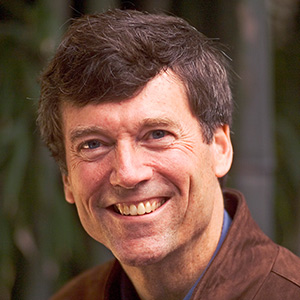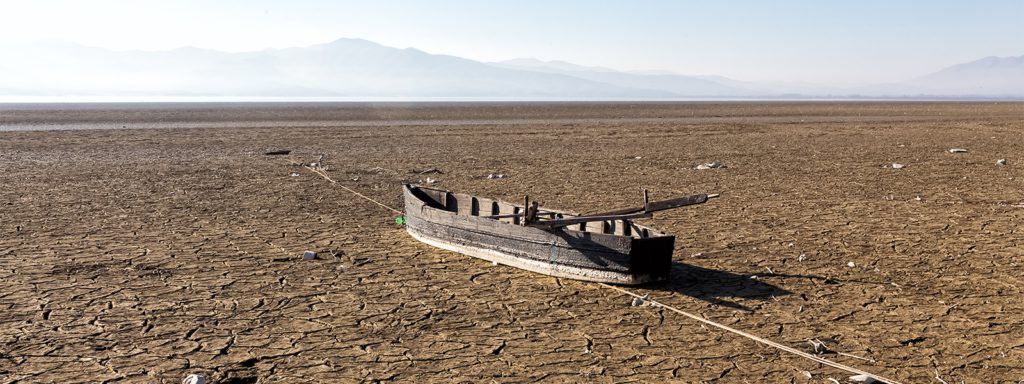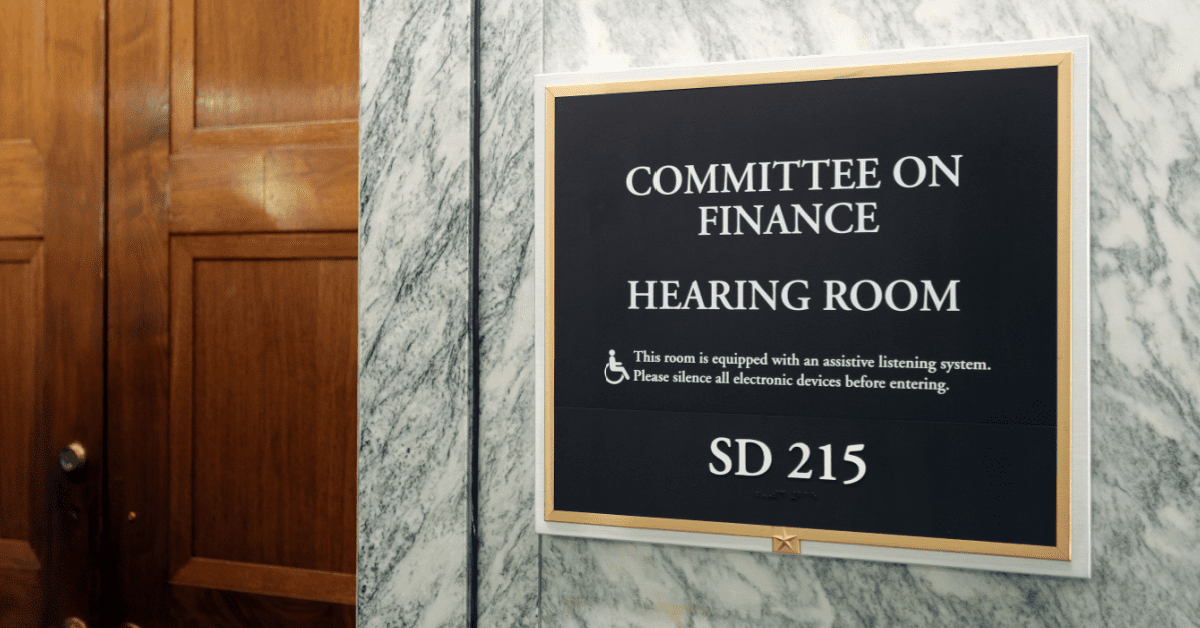By Susan Drake Swift
During a lifetime leading environmental organizations and enterprises, IS board member Steve McCormick has witnessed a profound attitude shift toward climate change—both in his own mind and in the world at large.
“When I first worked at The Nature Conservancy, it was a time when we were creating protected areas for biodiversity. One of the criteria for selecting sites was degree of threat, typically quite localized. There has been a shift and climate change has become the preeminent threat. When I became president of that organization, it had no position or response to climate change although a global organization. I was told, this is not a political organization. My response: we are a conservation organization. And every single place we’ve ever worked on, and will work on in the future, will be affected by climate change. We must address that threat.”

Steve McCormick, co-founder, Earth Genome PHOTO: Mark Godfrey
Environmental organizations have had to evolve new strategies to cope with climate change. “The problem with the protected areas approach is that the composition of species and habitats in those places is likely to change because of climate change. Also, historically the case we have made for conservation is essentially a moral one; that is, that we should preserve species for their own sake.
So, when conservationists make the case for addressing climate change, we need to widen the aperture, from focusing on threats to species –as typified by the iconic image of a polar bear on a diminishing ice floe – to also portray the eventual adverse social and economic disruptions to people. Conservation and environmentalism should be framed as a commitment to the survival of all life on earth, including ourselves.
“When we undertook Independent Sector’s visioning process,” said McCormick, “I and others (led by former IS board chair Stephen Heintz and current board members Ron Kagan and Larry Kramer, among others) were outspoken in our commitment to ‘refounding’ IS for the next 35 years, having been founded 35 years before by John Gardner and others. We wanted to ask ourselves: ‘If John Gardner were alive today, what kind of organization would he create for the next 35 years?’ We should be driven today by issues with profound global consequences. Climate change is one of those issues. And in prioritizing both climate change and inequality we recognized that the people with the least resources are the first to feel the consequences and in the most difficult position in terms of adapting.”
After transitioning from his position as president of the Gordon and Betty Moore Foundation, McCormick founded Earth Genome, a new venture designed to promote sustainability, not to fight climate change per se but as part of the big picture solution. Its motto is “The Premier Big Data Translator for Decision Making on a Changing Planet.” Earth Genome provides services to governments and non-governmental organizations, but most of its clients are corporations. “Too often there is a lack of accounting for economic externalities,” he explains. “Multinational corporations are driving development around the world and when they make decisions without understanding the true costs of those decisions they engage in extremely unsustainable use of natural resources.”
Dow Chemical, one of Earth Genome’s earliest customers, had a sustainability problem that threatened to hobble its petrochemical plant on the Brazos River in Texas, near Mexico. The level of water flow in the Brazos has diminished in recent years and the number of dry spells have increased – “I believe as a result of climate change,” notes McCormick – and Dow was faced with constructing costly reservoirs to meet the plant’s water needs.
Obtaining permits alone would likely have taken years. Instead, Earth Genome developed a green-infrastructure support tool, called GIST. It is enabling Dow Chemical to create and analyze data sets to scan the Brazos River watershed and determine where wetlands can be restored and tapped for the company’s water needs. And that is just the beginning: many more green tools and strategies are on the drawing board at Earth Genome.



